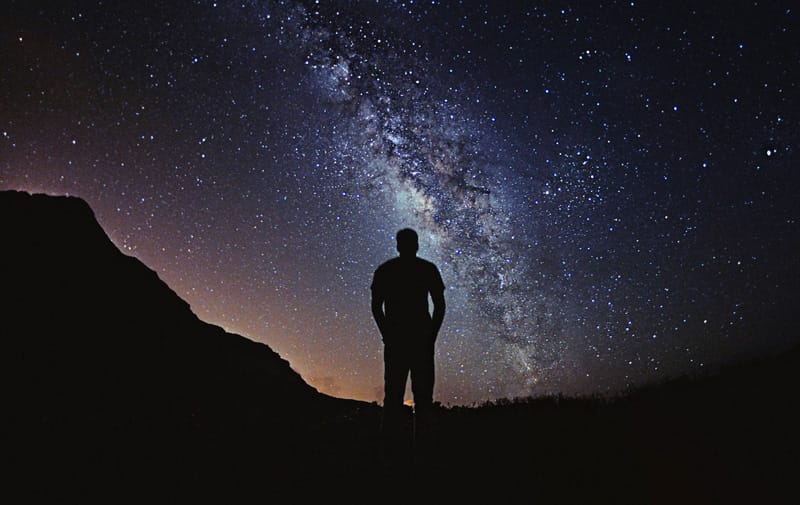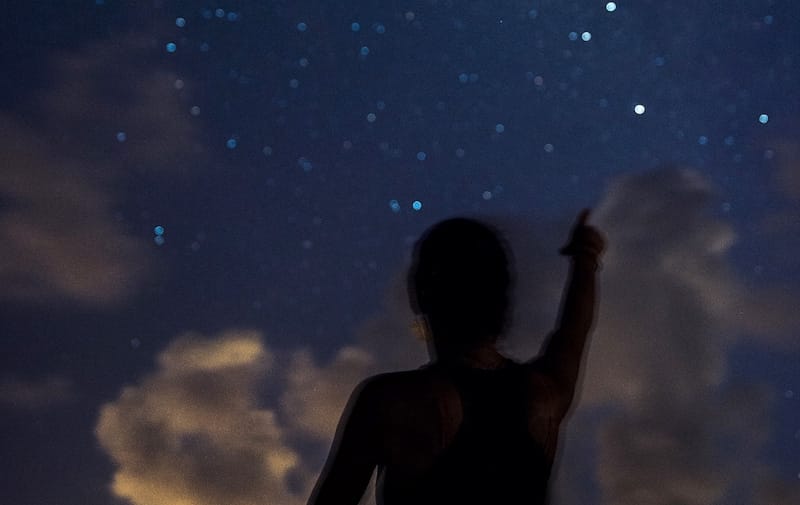For celestial aficionados, the leeward coast offers prime stargazing opportunities. Once west, the only thing left to do is look up.
For millennia, Polynesians navigated the Pacific Ocean by its swells, cues from nature, and the celestial bodies above. Hawaiian starlines, or star families, of today were created by modern voyagers drawing from the deep ancestral knowledge left by their Polynesian predecessors, explains NASA ambassador Greg McCartney, owner of guided stargazing tour Stars Above Hawaii.
One starline, named Kaiwikuamo‘o, or the Backbone, runs from Hōkūpa‘a (the North Star) to Hānaiakamalama (the Southern Cross). With it, today’s voyagers determine the latitude of the Hawaiian Islands. “Imagine in 400, 500 A.D. how many lives were lost voyaging out on the ocean during open-ocean storms,” says McCartney, who is also a member of the Polynesian Voyaging Society. “This starline is in honor of all the ancestors who made that journey from other islands to Hawai‘i.”

Like the Greeks and Romans, Polynesians shaped stories from the stars. One such tale features the brave feats of Kaulu, whose brother Kaeha had been abducted by a malevolent king. Enduring numerous battles, Kaulu reaches the king and demands the whereabouts of his brother. The king tells Kaulu to seek out Kukamaulunuiakea, the Chief of the Sharks, who in turn offers Kaulu a sinister invitation: Kaehu is inside his stomach—would Kaulu like to join him?
Knowing better than to be eaten by the great shark, Kaulu seizes the Chief of Sharks by the jaws and wrenches them wide, allowing his brother to escape the bowels of the beast. Kaulu then grabs the Chief of Sharks and hurls him against the sky. When the shark’s body hits the heavens, he shatters into a million glittering pieces. The luminous, white streak left behind is called Lalani, also known as the Milky Way.

Though stars are essentially spheres of gas radiating heat and light, they have long been sources of creative inspiration, exquisite intersections between poetry and science. During its lifetime, a star fuses hydrogen to helium, and then turns this helium into oxygen and carbon, and so forth down the periodic table, potentially even producing heavier elements like gold, copper, and zinc along the way. When it collapses, the resulting explosion seeds the universe with those elements, including the ones found in the human body. For those who delight in the romance of science, take note: In essence, humans are made of stardust. Says McCartney, “We are children of the stars.”
